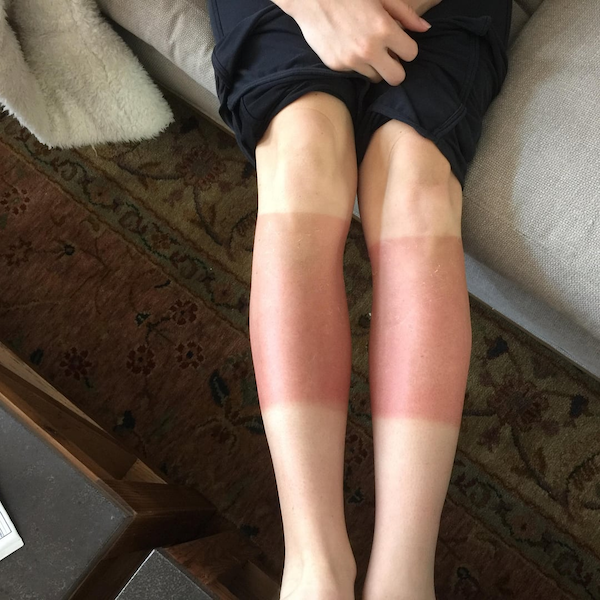The newest registered user is гераскинс
Our users have posted a total of 48009 messages in 7050 subjects

WORLD CLOCK
NAT GEO * These 5 lesser-known species may vanish. If they do, we’re all in trouble. *
Valley of the Sun Casual Club :: WORDS , FACTS , DATES , GAMES & TRIVIA & HISTORY :: NATIONAL GEOGRAPHIC
 NAT GEO * These 5 lesser-known species may vanish. If they do, we’re all in trouble. *
NAT GEO * These 5 lesser-known species may vanish. If they do, we’re all in trouble. *

One animal purifies our water. Another provides a vital food source for three other species. This photo essay from Joel Sartore shows how saving one animal saves so many more.
The St. Andrew beach mouse (Peromyscus polionotus peninsularis), photographed with the U.S.Fish and Wildlife Service in Panama City, Florida, is not only cute, but an important food source.
PHOTOGRAPH BY JOEL SARTORE
BYNATASHA DALY
PHOTOGRAPHS BYJOEL SARTORE
PUBLISHED DECEMBER 12, 2023
• 6 MIN READ
Ask National Geographic Explorer Joel Sartore about the nearly 700 endangered and threatened species he’s photographed, and he immediately talks freshwater mussels. Living water filters, they are some of the most imperiled species on Earth: 75 percent of freshwater mussel species in the U.S. are protected under the federal Endangered Species Act, which is celebrating its 50th anniversary.
Here are some of those lesser-known, yet essential species that are endangered in the U.S. Plus, the web of other creatures that could be imperiled if these vital species disappear.
(See a different endangered animal in every U.S. state.)
Endangered species: fanshell mussel
Freshwater cleaning crew for darter fish



1 / 3
Fanshell mussels (Cyprogenia stegaria) are crucial to keep waterways healthy for aquatic creatures, but they remain one of the endangered group of animals in the U.S. Sartore captures their yellow and green shell in this image of a mussel from the Clinch River in Tennessee.
Fanshell mussels (Cyprogenia stegaria) are crucial to keep waterways healthy for aquatic creatures, but they remain one of the endangered group of animals in the U.S. Sartore captures their yellow and green shell in this image of a mussel from the Clinch River in Tennessee.
Freshwater fanshell mussels rely on darter fish, including the tangerine and Roanoke, for their survival. Mussel larvae attach for weeks to darters, where they absorb vital nutrients to develop. A single mature freshwater mussel can clean up to 15 gallons of water in a day, keeping waterways healthy for all creatures that depend on them. Water pollution and habitat fragmentation have pummeled many of these freshwater mussels to the edge of extinction—they’re the most endangered group of animals in the U.S.
(A freshwater mussel apocalypse is underway—and no one knows why.)
Endangered species: American wood stork
Swampland symbiosis with the American alligator


The two animals were photographed separately by Sartore: the wood stork (Mycteria americana) was captured at the Sedgwick County Zoo in Wichita, Kansas, and the alligator (Alligator mississippiensis) at the Kansas City Zoo in Missouri.
After losing habitat, the wood stork was protected under the Endangered Species Act in 1984.A few years later, the American alligator, also a mainstay of Florida’s Everglades, departed the list as a recovery success story. The two have a symbiotic relationship: Alligators patrol the flooded forests where wood storks nest, keeping predators such as raccoons away from eggs. In return, alligators occasionally prey on fallen wood stork fledglings.
(Learn more about the wood stork.)
Threatened species: California desert tortoise
Neighborhood homebuilder for the Western banded gecko, desert wood rat, Mojave rattlesnake, and desert cottontail





1 / 5
The California desert tortoise (Gopherus agassizii agassizii), pictured at the California Science Center, may dig holes for selfish reasons, but it helps support other species in the desert.
The California desert tortoise (Gopherus agassizii agassizii), pictured at the California Science Center, may dig holes for selfish reasons, but it helps support other species in the desert.
For nearly nine months a year, in tunnels as much as 30 feet long below the parched soil of the Mojave Desert, the California desert tortoise seeks shelter from the elements. Listed as threatened since 1990, these long-lived reptiles don’t live alone; they can dig up to 25 burrows a year—and share the space with creatures from geckos to cottontails. Facing increasing threats from encroaching urbanization, the desert tortoise population has plummeted in recent years from hundreds of adults per square mile to a few.
(Learn more about desert tortoises.)
Endangered species: St. Andrew beach mouse
On the menu for the great horned owl, ghost crab, and eastern hognose snake



1 / 3
The great horned owl (Bubo virginianus virginianus), photographed at the Wildlife Center of Texas, is one of the mouse's predators.
The great horned owl (Bubo virginianus virginianus), photographed at the Wildlife Center of Texas, is one of the mouse's predators.
About four square miles of sand dunes on Florida’s Gulf Coast are home to several species of endangered mice, including the St. Andrew beach mouse. These big-eared critters are just a few inches long and are threatened by a host of pressures, such as hurricanes, artificial lighting, and invasive predators. Protecting the beach mouse means preserving an important food source for owls, snakes, ghost crabs, and other native species.
Endangered species: black-footed ferret
Key to connections linking the barred tiger salamander, western burrowing oil, and black-tailed prairie dog




1 / 4
A National Black-Footed Ferret Conservation Center in Colorado is dedicated to protecting the important critters (Mustela nigripes), where this one was photographed. Elizabeth Ann (above) is the world’s first cloned black-footed ferret. She was created in 2020 from the genes of a wild female named Willa, who died in the mid-1980s in Wyoming and had no living descendants.
A National Black-Footed Ferret Conservation Center in Colorado is dedicated to protecting the important critters (Mustela nigripes), where this one was photographed. Elizabeth Ann (above) is the world’s first cloned black-footed ferret. She was created in 2020 from the gen...
In the late 19th century, federal extermination campaigns eliminated prairie dogs, seen as agricultural pests, from 96 percent of their historic habitat. Their disappearance triggered a chain reaction: Without prairie dogs to dig holes, burrowing owls, salamanders, and many other animals were left without dependable shelter. Black-footed ferrets lost their primary food source and faced near extinction. An ESA listing in 1967 and a successful captive-breeding program have brought the ferrets back.
 Similar topics
Similar topics» Some trouble gettin' loaded
» FRIENDS OF THE EARTH Endangered species under attack by Republicans
» HISTORY FACTS * How many human species have lived on Earth? *
Valley of the Sun Casual Club :: WORDS , FACTS , DATES , GAMES & TRIVIA & HISTORY :: NATIONAL GEOGRAPHIC

 Events
Events















































































» INTRO TO WORD SMARTS
» PINTEREST ICONIC COMIX
» HISTORY FACTS * Gold wasn't always the top Olympic medal *
» Word Genius Word of the day * occlude *
» JULY NATIONAL CELEBRATION DAYS JULY 26 2024
» QUIZ TREAT QUIZ *Which mammal has the most powerful bite? *
» QUIZ TREAT ANSWER PAGE
» NAT GEO * The 2024 Olympics will likely be the hottest ever *
» NAT GEO * Sharks found with cocaine in their systems *
» WISE TRIVIA QUIZ *What was the first song ever played on the radio? *
» WISE TRIVIA ANSWER PAGE
» E.S.Etaski * Sister Seekers Book 10 now available everywhere! *
» WORD DAILY Word of the Day: * literatim *
» JULY NATIONAL CELEBRATION DAYS JULY 25 2024